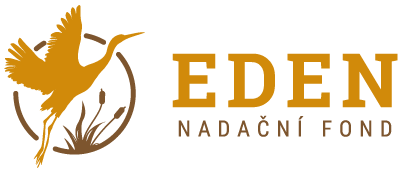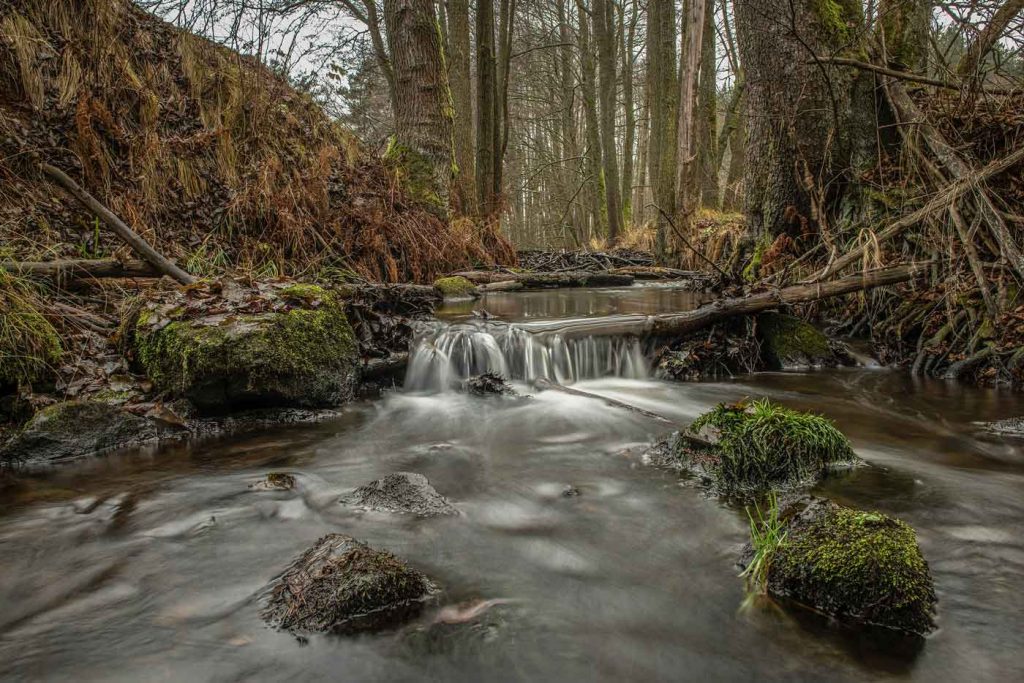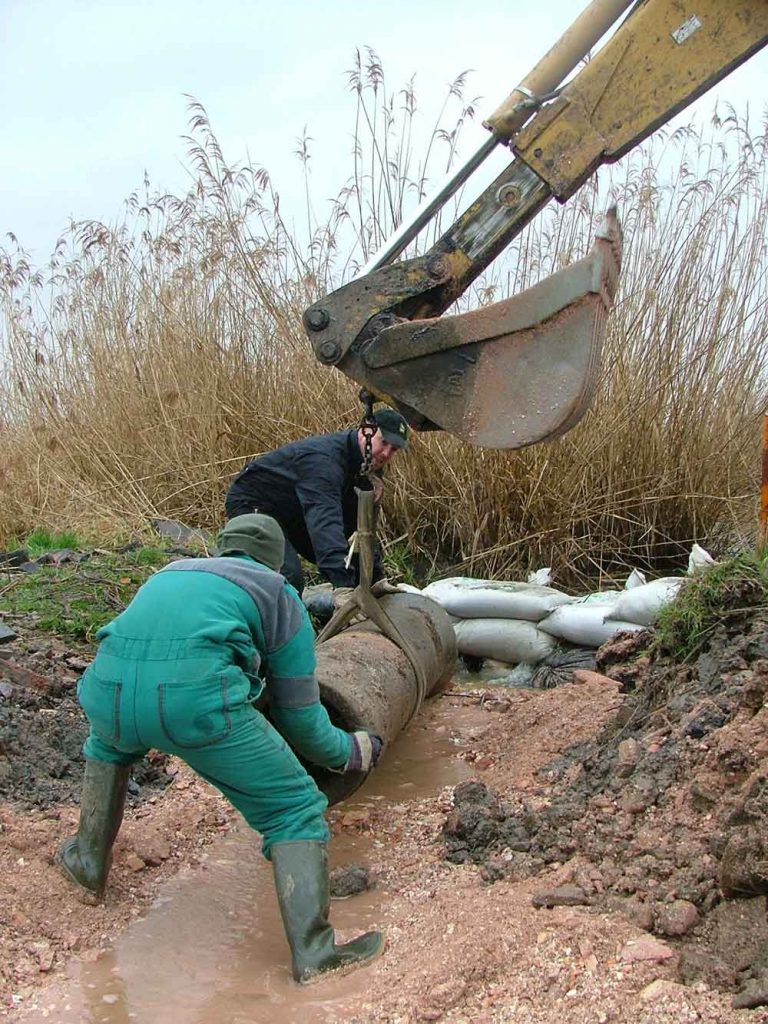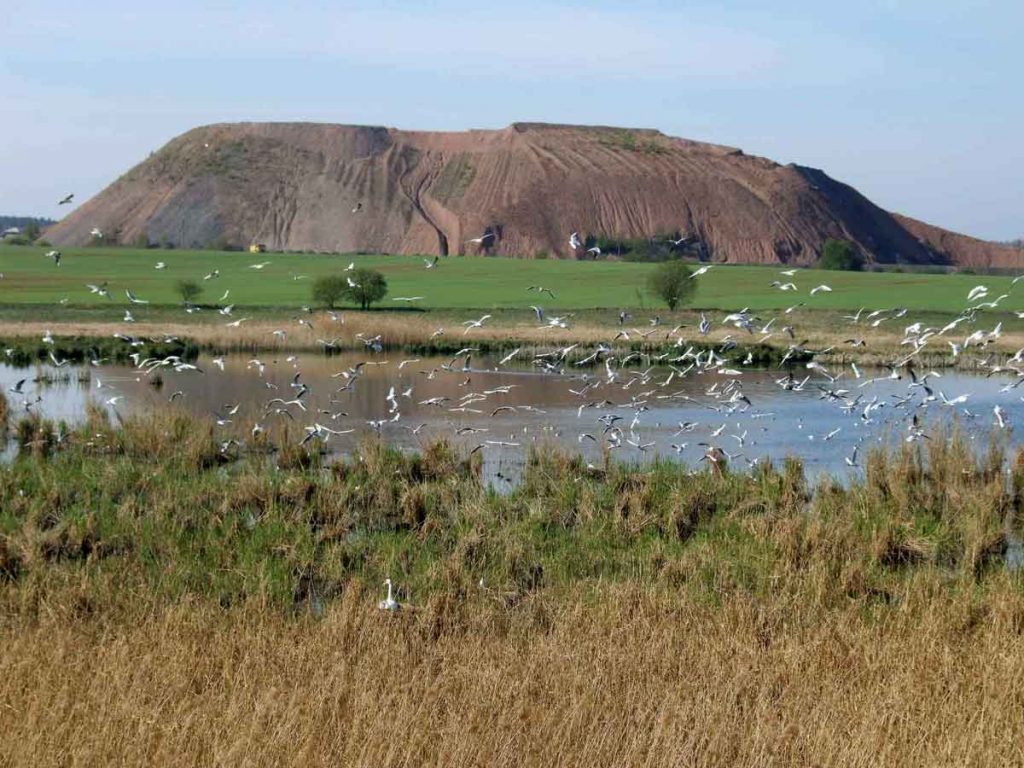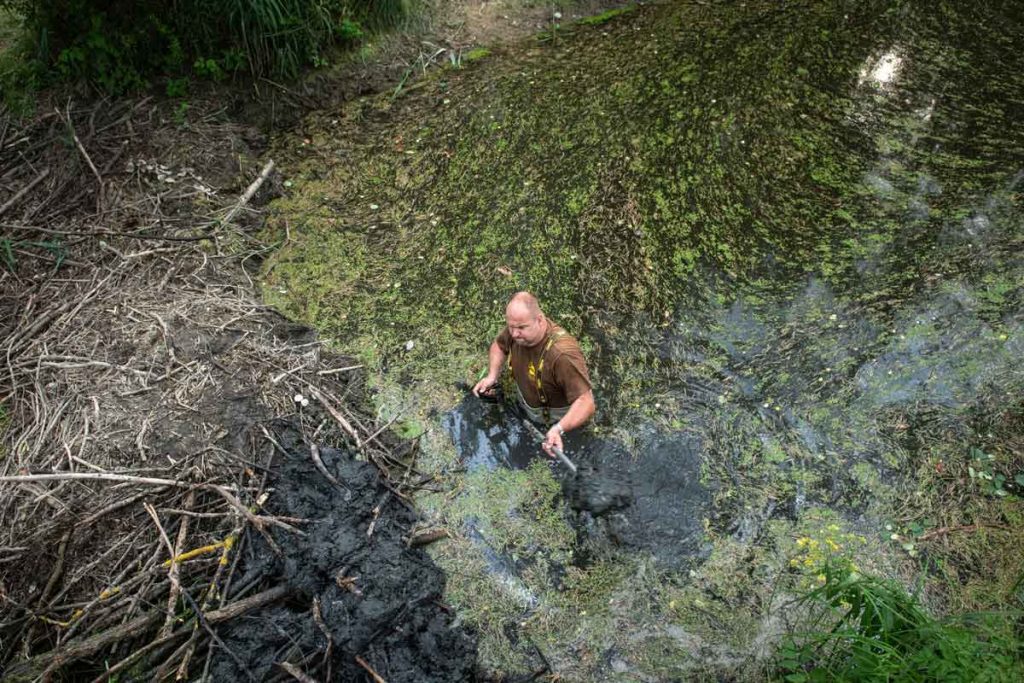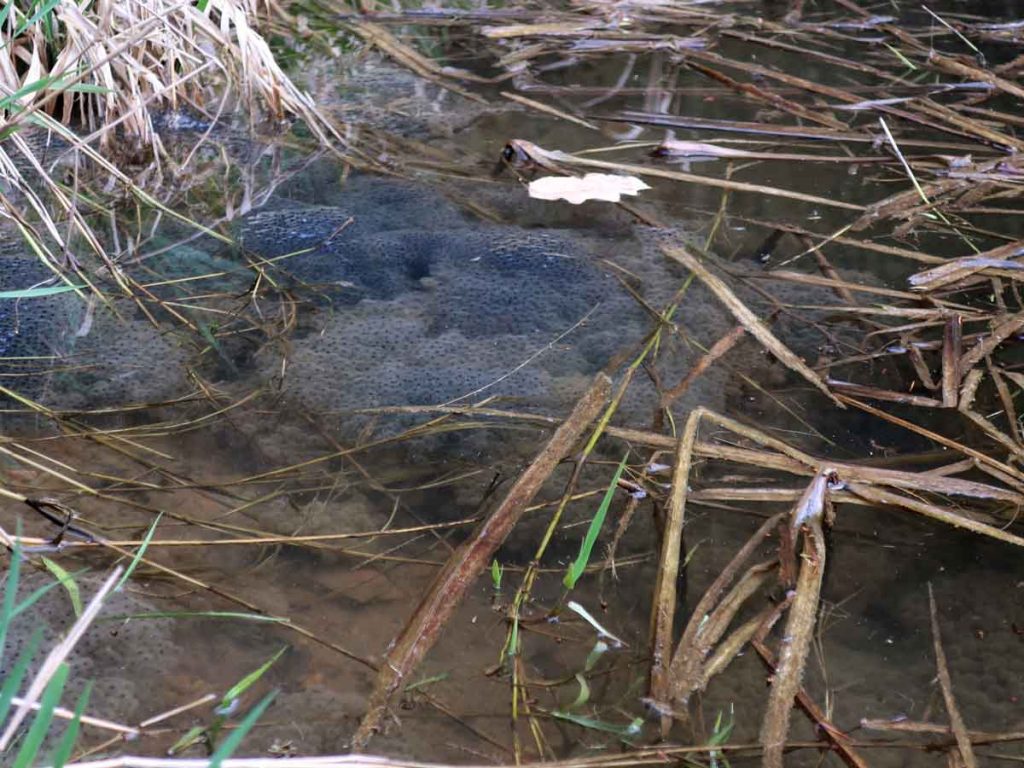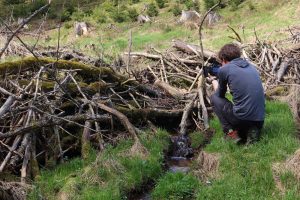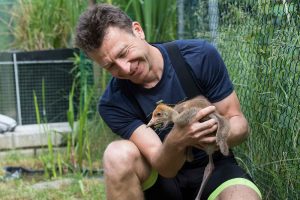We would like to present our activities in more detail and of course the reasons that lead us to such activities. Terms such as wetland and biodiversity are described in the introductory sections of our website. Areas with low biodiversity are prone to calamities precisely because they allow one species to tip the balance in its favour and multiply exponentially. Examples include the current bark beetle calamity, the explosion of "aquatic" blooms (due to other factors as well) in overstocked ponds and artificial reservoirs, deer, feral hogs, etc., examples abound in our immediate area.
It is well known that our landscape is characterised by the largest homogeneous arable farming units in the EU, which is a historical fact that has led to a sharp decline in biodiversity in the past. Farming such large areas, which are often sown with one or two crops or forested with a species-poor composition, does not help the situation, quite the contrary. The result is the excessive use of fertilisers, herbicides and pesticides and their subsequent flushing into the surface water, which is subject to eutrophication with all its undesirable effects. It is a vicious circle that is difficult to break out of.
Líně Reservation
Within DESOP, we cooperate on the creation and maintenance of the Líně Reservation
Our Goal 1
To create a mosaic of close-to-nature areas that will help break up the landscape into multiple habitats and break up the monocultural nature of the landscape. We have given these areas the working title of 'Biodiversity Islands'. They are being created on new, previously intensively farmed areas. The Central European landscape of at least 600 years is nowhere indigenous, all areas are and have been affected and rebuilt by people many times. Our aim is not to create a network of areas where human access will be restricted or prevented, nor is it to play at being a zoological or botanical garden, an artificial wilderness. Visitors are welcome and the whole area will of course continue to be humanly managed. All actions are and will be carried out in accordance with Czech legislation.
Thus, in fields, logged forest units, neglected meadows and formerly intensively used areas, we will try to sensitively recultivate the biotope so that it corresponds, as far as possible, to the situation that existed in the area before the entry of people with intensive influence on nature. Given the current climatic situation, we will prefer planting to replace native tree species and focus on water retention in the landscape (small water features).
- Our first focus was and continues to be on wetland/riparian forest creation. Firstly, there will be the creation of riparian areas and secondly, there will be water retention in the landscape. Since wetland forests are among those critically endangered, we will help, among other things, to create new habitats for organisms attached to such an enclave. There are a number of types of waterlogged forests in the Czech landscape. Whether we mean along the edge, more or less permanently flooded forests or periodically flooded floodplain forests. There are many possibilities and it is only necessary to adapt the planting to the actual location.
- We are not opposed to the creation of forests close to nature with support for fauna and flora that used to be abundant but are now in decline or critically endangered (especially small animals and overlooked flora), or forest-steppe areas with appropriate management to care for this type of landscape. In the past, woodland areas were maintained by extensive grazing. This practice is no longer in use today and therefore woodland habitats are disappearing. They are being restored only with difficulty, although the results are worth noting. Let us just think of the very successful project in Milovice (implemented by the Czech Landscape Society), the bird parks of the Czech Ornithological Society or the small areas under the care of the so-called land associations of the Czech Union of Nature Conservationists.
- Where the situation requires it, we are determined to build orchards with a varied offer of food for wildlife and to diversify tourists' wanderings through the Czech countryside, with an emphasis on the choice of so-called "old varieties" of fruit trees and shrubs. We use this practice in the peripheral parts of our sites on the borders of "our" wetlands and field crops in the surroundings.
Repair of the beaver dam
near D5, a reserve currently being prepared under the direction of the Regional Authority of the Pilsen Region, Forests of the Czech Republic....
Our Goal 2
We try to buy valuable areas where nature is preserved and which represent a valuable element in the landscape. At present, it is possible to acquire areas that were abandoned by people many years ago and where an interesting natural habitat has developed over the years. It is important to remember that nature and its relationships are extremely dynamic and that individual organisms start to occupy new habitats as soon as people allow it. Even such areas are attractive and promising for us. These are forgotten alluvial meadows, the agriculturally neglected surroundings of watercourses, or even mined clay fields, quarries, etc.
Although we have so far worked mainly on the creation of small "greenfield" wetlands within the DESOP wildlife rescue station, the first major acquisition of the Eden Foundation is the purchase of a similar area in the Kateřinský Brook catchment.
Rich cluster of European common brown frogs in the pools of Terešov
Where we are different and why to support us
Our aim is not to protect the already finished, "untouched, original" nature. We are creating new nature, nature for the next generation (the forest grows for at least 60-80 years). At least we are bringing back a little bit of colourful life where it has been absent or limited for decades. We have plenty of farmland (despite the construction of giant sheds and transhipment yards), a small part of which we can easily miss. And the sections with "new" nature have a very positive effect on the whole area on many levels (cultural, ecological, aesthetic), including field and forest cultures. On another level, we are trying to protect areas where man has farmed but stopped farming some time ago, and where nature has returned in all its diversity in the meantime. In such areas, we will only carry out the necessary maintenance if the situation requires it. At the same time, we will be able to protect such precious natural places from 'economic' development, the creation of productive agricultural units, etc.
